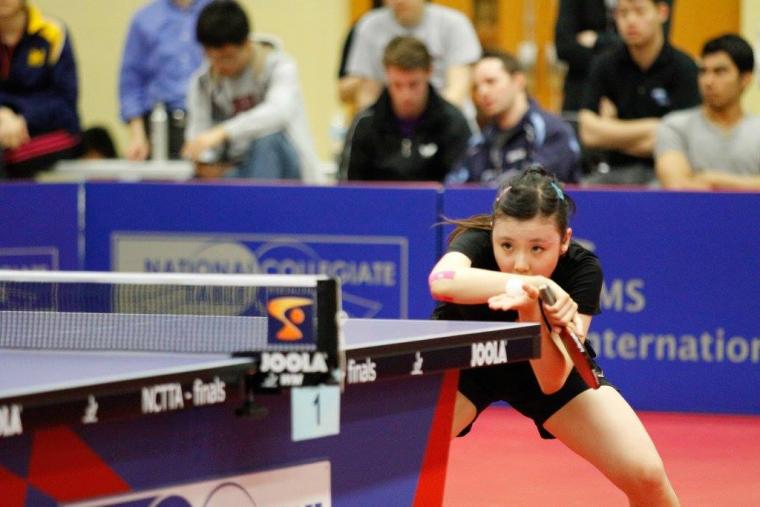
The National Collegiate Table Tennis Association is the governing body of collegiate table tennis. The mission of NCTTA is to promote the sport of table tennis by providing collegians an opportunity to compete in this enjoyable lifetime sport and to provide student athletes the avenues to compete in serious intercollegiate table tennis competition at a club or varsity level. NCTTA is a 501(c)(3) non-profit organization and is seeking to have table tennis included as a sport in the National Collegiate Athletic Association (NCAA).
Sports Destination Management: Table tennis is a great sport, but it isn’t recognized by NCAA.
Willy Leparulo: At the moment, it’s more of a fringe sport, but we want to change that.
 SDM: How many colleges are members of NCTTA?
SDM: How many colleges are members of NCTTA?
Leparulo: Between 150-200, colleges will field teams and be members, depending upon the year.
SDM: What is interesting is the difference between the number of people who actually own table tennis equipment, and those who are members of USA Table Tennis. According to an article we published in 2014, USATT has about 9,000 members, but the Sports and Fitness Industry Association has research that indicated there are 17.2 million people in the U.S. who play.
Leparulo: A lot of people out there are ponging it up; what makes the sport interesting is that anyone can play; we see ages eight to 80.
SDM: What’s the demographic like for table tennis players at the collegiate level?
Leparulo: We have a lot more men playing than women. It’s unfortunate and we’re trying to change that, but that has been our demographic. Currently, we have 191 schools with teams and of those, only 59 fielded a women’s team. We are making a stronger push for the women to enroll. To give you an idea, we are telling colleges, if you enroll your men’s team, we’ll give your women’s team free membership.
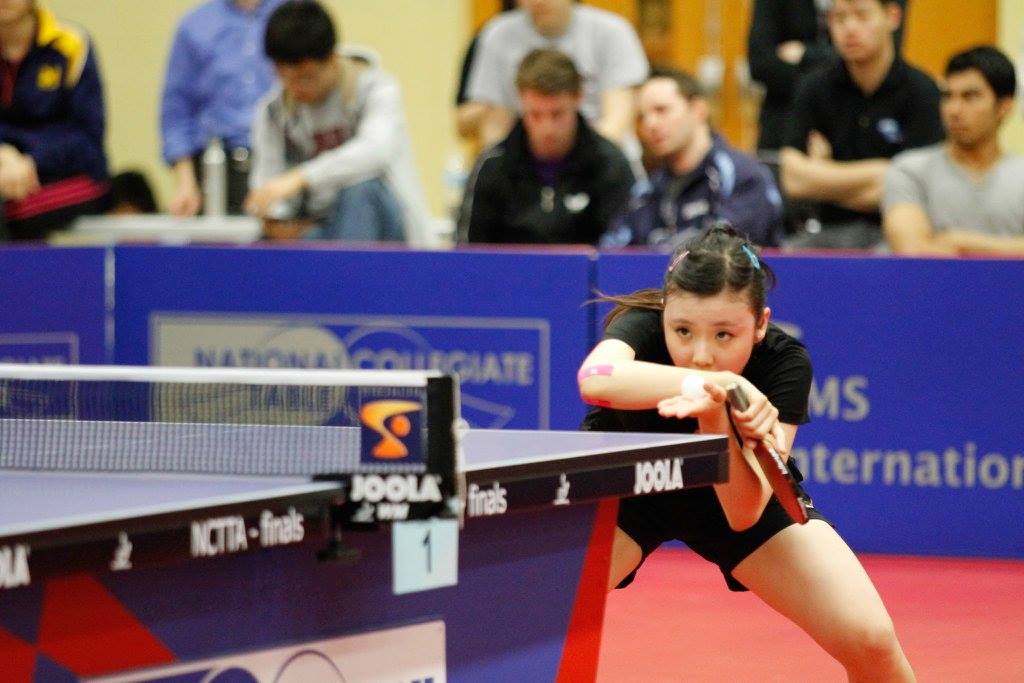
SDM: Any idea why it is there are fewer women?
Leparulo: We think it might be that it’s just not a sport women traditionally play. Most women who grow up with sports are not introduced to table tennis. If a girl is an athlete, she’ll get sent to softball, soccer, tennis – something else. We’re always telling USA Table Tennis, ‘Help us get the pipeline going.’
SDM: But there are women who play?
Leparulo: Yes. In fact, one year, I was playing at the USA Table Tennis U.S. Open and I wound up losing to an 11-year-old girl. Their open division is really open – anyone can play in it, regardless of age or gender.
SDM: How is play set up for NCTTA?
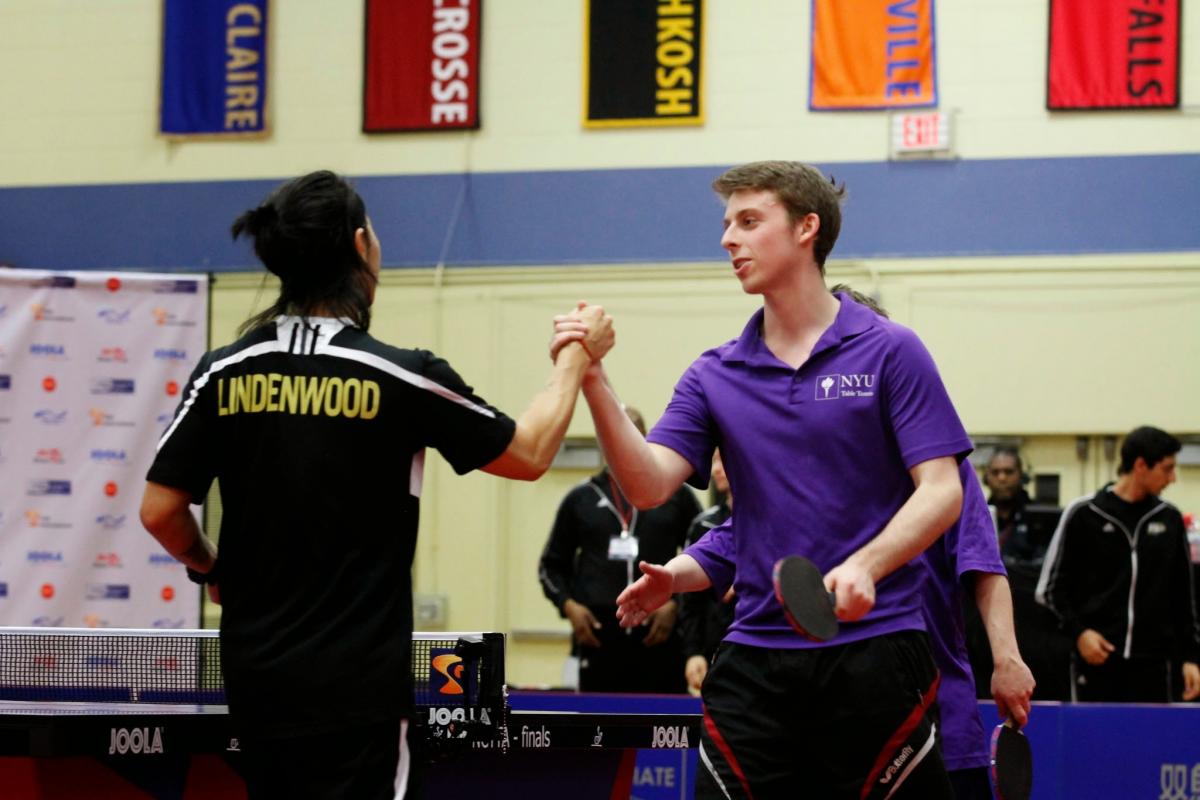
Leparulo: Most schools have their table tennis team set up as a club sport. It might be run through the recreational office. So if you are a freshman at, say, ABC University, you will do a lot of play within your club. If your club is a member of NCTTA, you’re in one of our 29 geographic divisions in the USA and Canada. Generally, schools in each of these divisions are within a three to four hour drive and there might be four to six schools in your division. You play throughout the year school and the top two to three schools from every division move on to regionals, which are held in March. Nationals are held in April, and there our National Championship is held.
SDM: How do you decide upon locations for championships?
Leparulo: We switch locations and cities, depending upon who put in the better bid. Not too long ago, it was Round Rock, Texas; in 2017, it will be Eau Claire, Wisconsin.
SDM: What are you looking for when you make a decision?
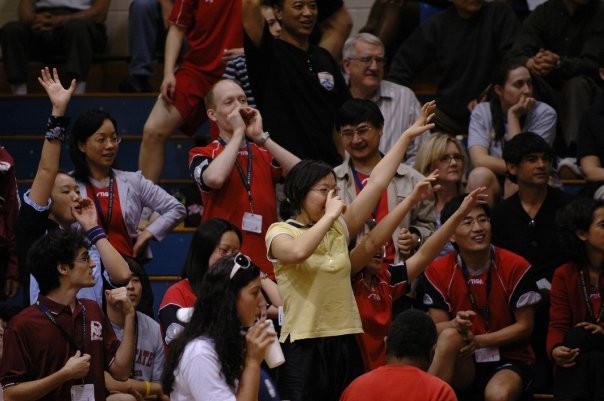
Leparulo: The facility is always the number-one consideration. What is the gym space. We always look at the flooring, and the venue we choose has to have wood flooring, the way a basketball court would, or sports flooring. We find that places hosting basketball or volleyball work best for us.
We need to find a space without windows, or where the windows can be covered, since glare is horrible for us. Carpeted floors don’t work either; we tear them p with the moving around we do. In addition, the facility has to have a high enough celling so that you have the overhead clearance and the lighting you need. We like to tell people we want a well-lit cave with high ceilings.
SDM: What else?
Leparulo: It’s great if it’s near the hotel and restaurants and stuff that people can use.
SDM: What kind of challenges face collegiate table tennis?
Leparulo: Well, as we’ve said, the pipeline is one. We don’t have women who are playing table tennis as a high school sport. There is a huge push for women in sports in general, and rightfully so, but those are sports like soccer and so forth. We want to be part of that push. Table tennis is an international sport everywhere else.

What’s funny is that we’re where soccer was decades ago – it was played by internationals players but not in the U.S. as much. Now there’s all this cultural terminology like ‘soccer mom’ and ‘soccer dad.’ We need that for table tennis. A lot of people, you ask them what they played growing up and they’ll tell you soccer or tennis or baseball or softball. Not a lot of people will answer ‘table tennis.’
Another thing we’re noticing is that other sports, niche sports like archery, are growing, particularly at the youth level, thanks to movies like The Hunger Games. We need something like that for table tennis. At the moment, there really isn’t anything. There are Susan Sarandon’s SPIN clubs in some major cities, and those are great – I’ve played in all of them but they are nightclubs and more geared toward adult table tennis entertainment and less toward the collegiate and youth pipeline that we seek.
SDM: What makes table tennis so attractive at the collegiate level? It seems to be bringing in people who like to compete but who aren’t traditional athletes.
Leparulo: It’s a co-ed team-bas ed sport. Maybe you have one woman on your team and the rest are men, but she can still compete right alongside everyone else. The fact that it’s a team sport is really fun; you can be winning or losing and you’ll still have your team screaming and cheering for you. It’s what makes it great. In fact, people miss that when they come out of college table tennis and they sign up for USA Table Tennis and find out it’s not team-based. It’s not just as fun for them as a result.
ed sport. Maybe you have one woman on your team and the rest are men, but she can still compete right alongside everyone else. The fact that it’s a team sport is really fun; you can be winning or losing and you’ll still have your team screaming and cheering for you. It’s what makes it great. In fact, people miss that when they come out of college table tennis and they sign up for USA Table Tennis and find out it’s not team-based. It’s not just as fun for them as a result.
SDM: Some sports note a drop-off between college and adult league play. Do NCTTA and USATT see that, and if so, what are they doing about it?
Leparulo: Yes, we always say we have the 18-to-25-year-old crowd. This fall, we’re starting the NCTTA Alumni Project, which is a team-based alumni league. It is meant to catch the 25-something age group and help them reconnect to the glory days of college.
SDM: What’s the biggest challenge for NCTTA?
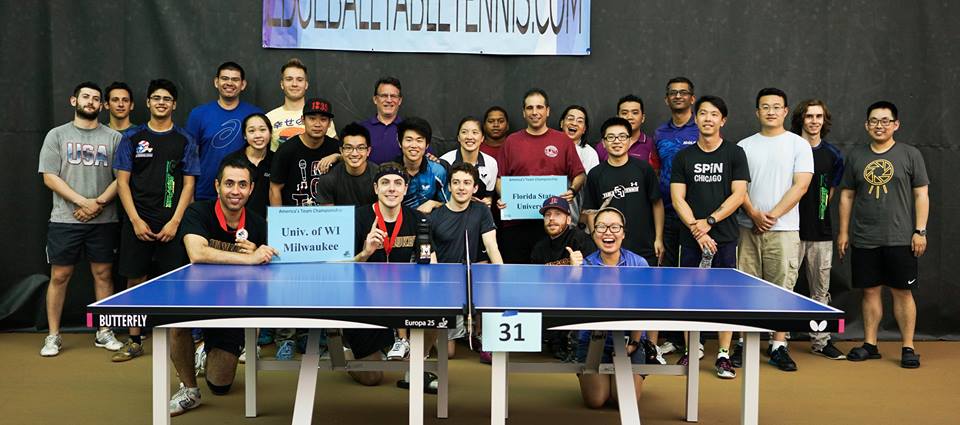
Leparulo: Several things. Obviously, the need for more women. Of course, we’d like to see a better pipeline with players coming into the sport. And at the moment, most of our play is at the recreational and club level in college; there are only three colleges where table tennis is actually a varsity sport and where students are eligible for scholarship funds; they are Texas Wesleyan University, Lindenwood University and Savannah College of Art and Design-Atlanta Campus. Of those three, it’s probably fair to say Texas Wesleyan is the New York Yankees of table tennis; they have won nationals every year – except one year when they lost to Mississippi College, which is a small Christian college. Anything can happen.


